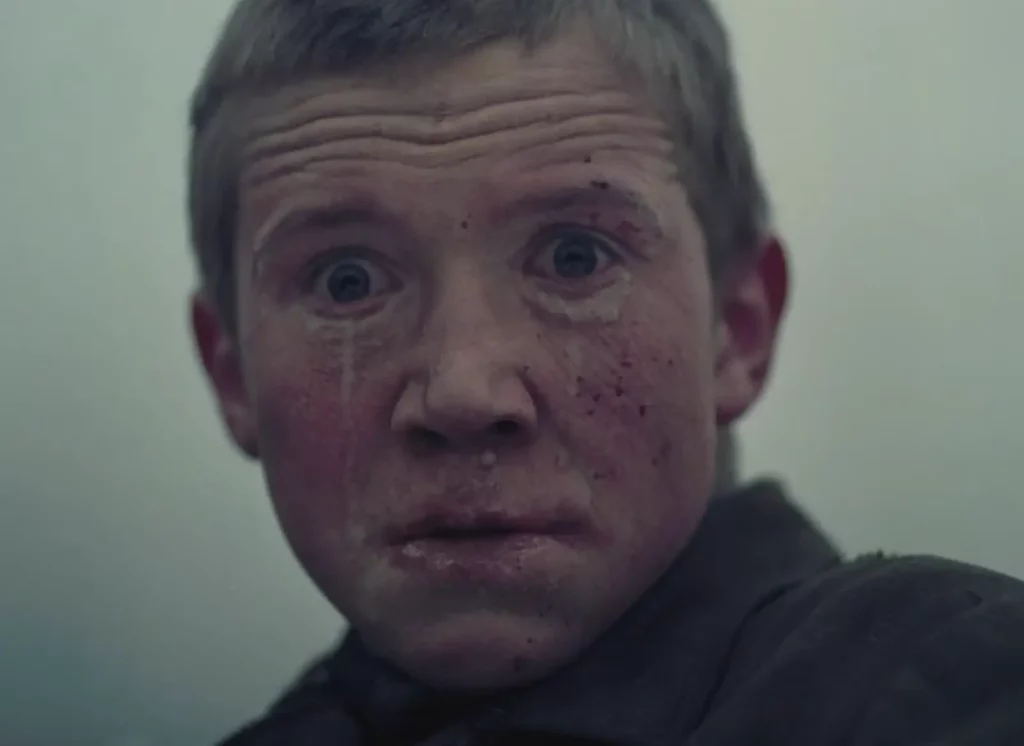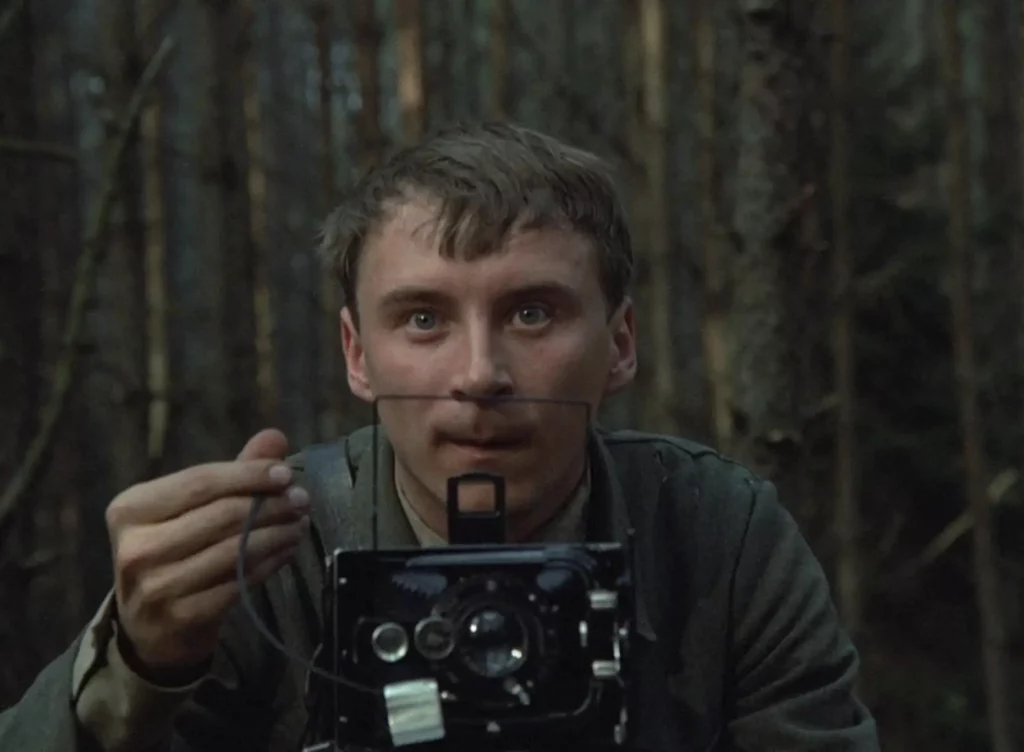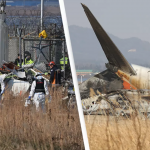A WWII film known for its “grueling 25-minute sequence” has been recognized as one of the highest-rated movies of all time.
The historical war film, celebrated for its intense and gripping scenes, is widely acclaimed and considered a must-see.
In a social media discussion, one user commented: “It’s horrifying, realistic, and utterly devastating in every way.”
Another user remarks, “This isn’t an entertaining film, but it’s an essential one.”
A third adds, “It’s one of the most unsettling films I’ve ever watched. It will stay with me for a long time—truly a testament to the profound impact of cinema.”

The Soviet anti-war film is mainly adapted from Ales Adamovich’s 1971 novel Khatyn and the 1977 anthology of survivor testimonies titled I Am from the Fiery Village.
Directed by Elem Klimov, a Soviet-Russian filmmaker who drew inspiration from his own childhood experiences during the war, the film portrays the Nazi-German occupation of Belarus through the eyes of a teenager named Flyora, portrayed by Aleksei Kravchenko.
The film was shot in chronological order, tracing Flyora’s transformation from a carefree boy to a deeply affected individual marked by the horrors he witnesses.
In one especially harrowing 25-minute sequence, described by Collider as “one of the most disturbing portrayals of wartime,” the young boy is captured by Nazis, who hold a gun to his head and force him to watch as an entire village is burned alive inside a church.

Kravchenko, who took a decade-long break from acting after the film, shared that he was treated “like an adult” on set and was expected “to work to the sweat of my brow.”
Come and See, boasting an impressive 96% audience score on Rotten Tomatoes, ranks 41st in the Sight & Sound Directors’ Poll of the Greatest Films of All Time.
In praise of the film, Robert Daniels of The Playlist wrote, “By telling the story from a child’s perspective, Klimov brings a unique immediacy to the horrors of war—not through hardened men broken by tragedy, but through a young soul prematurely robbed of innocence.”
Matt Brunson from Film Frenzy added, “One of the most devastating depictions of conflict ever put on screen.”
Ken Hanke of Mountain Xpress described it as “perhaps the most terrifying, nightmarish film ever made about war.”
On Letterboxd, a social media platform for movie reviews, users have voted it as the “highest-rated narrative feature film of all time.”

Kravchenko revealed that he was even hypnotized to help him endure the filming of some of the movie’s most harrowing scenes.
However, according to IMDb, he ultimately proved resistant to hypnosis and had to rely solely on acting to portray his reactions.
Klimov instructed Kravchenko to lose weight for the role, feeling he looked too healthy and rosy-cheeked. According to a YouTube interview, Kravchenko was put on an “inch diet,” drinking only water for two days at a time while jogging for hours each day.
To convey the film’s intense tone, Klimov also showed Kravchenko footage of Nazi concentration camps, underscoring the dark reality the movie aimed to depict.
To heighten the film’s realism, actual bullets were used during gunfire scenes, with live rounds flying near the actors.
Additionally, many roles were filled by ordinary people rather than professional actors, adding an extra layer of authenticity and terror to the portrayal.
Klimov described Come and See as “a passionate warning against war.”
The film also incorporates archival footage from Nazi Germany, emphasizing that, despite its terrifying scenes, it is still only a glimpse of the real horrors endured by those who lived through the events.





